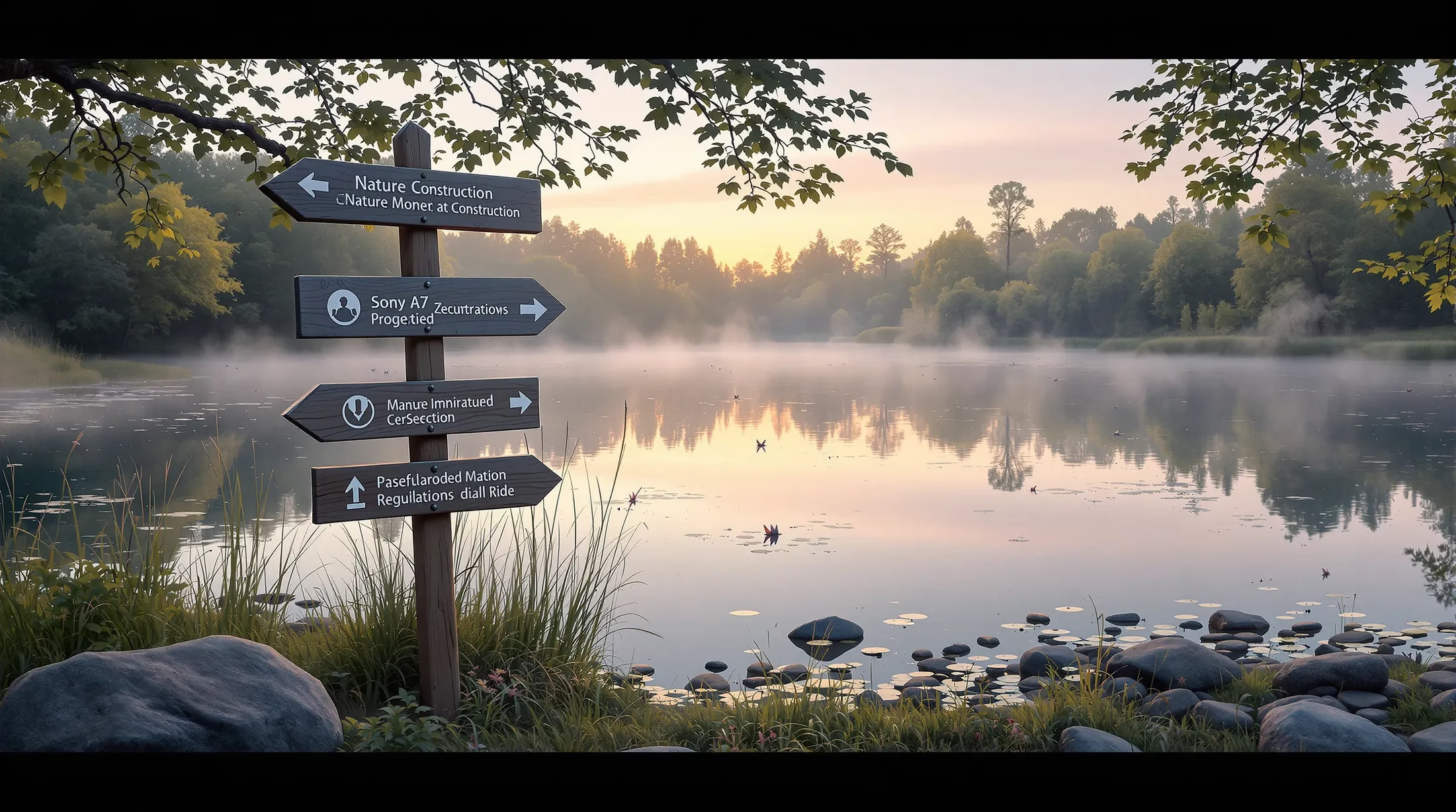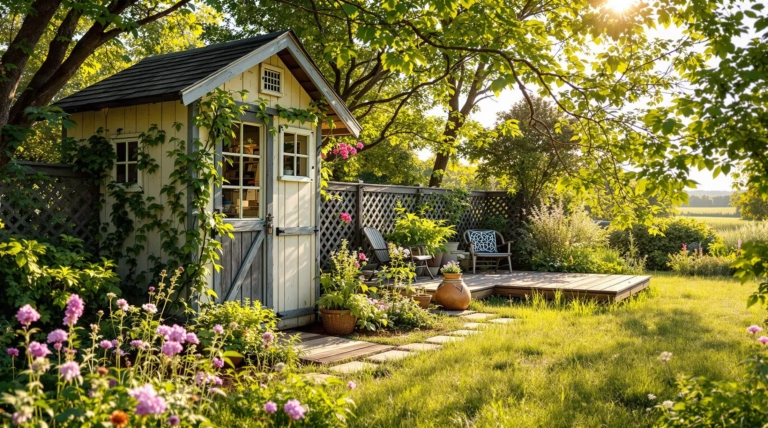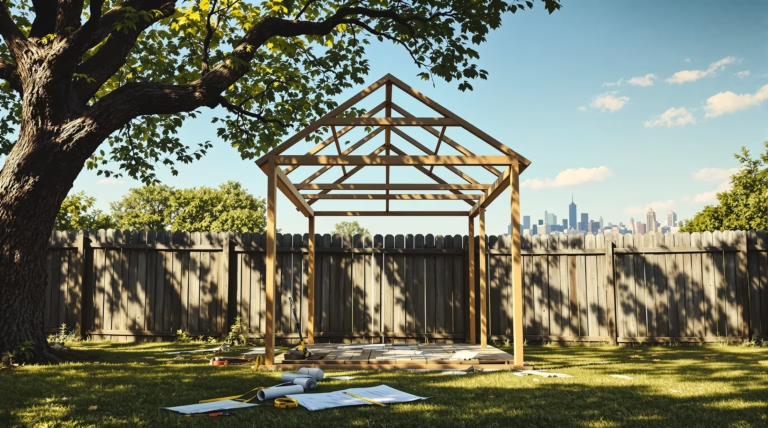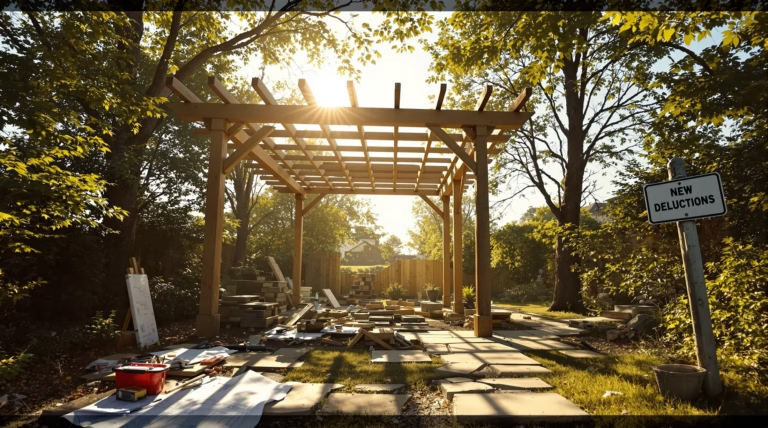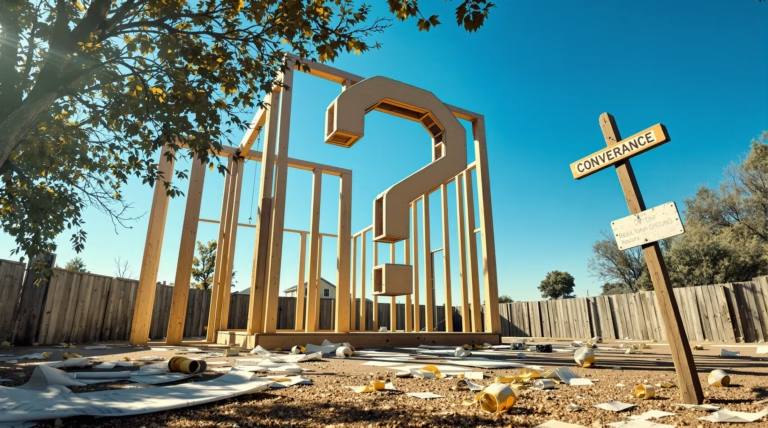How Big of a Pond Can I Build Without a Permit? Find Out Here!
Planning to build a pond on your property? Before grabbing that shovel, it’s essential to understand the legal requirements that could affect your project. Let’s explore the regulations and size limitations for permit-free pond construction across different regions.
Understanding Pond Building Regulations
Building a pond involves more than just digging a hole and filling it with water. Various regulations protect natural resources, prevent environmental damage, and ensure public safety. These rules can vary significantly by location and typically cover:
- Size limitations and depth restrictions
- Required distance from property lines
- Water rights and usage permissions
- Impact on local ecosystems
- Drainage patterns and flood prevention
Why Permits Are Required for Pond Construction
Permits serve as crucial safeguards for both environmental protection and property safety. They help evaluate potential impacts on:
- Local hydrology and groundwater levels
- Natural drainage patterns
- Wildlife habitats and wetlands
- Neighboring properties’ flood risks
- Soil erosion prevention
Skipping required permits can result in serious consequences, including mandatory pond removal, substantial fines, or costly retroactive permitting.
Common Regulations Across Different Regions
While specific requirements vary by location, certain regulations are consistent across jurisdictions:
| Feature | Common Requirement |
|---|---|
| Small Pond Exemption | Under 1/4 acre or specific depth |
| Setback Requirements | 10-50 feet from property lines |
| Water Source Restrictions | Stricter for natural streams/groundwater |
| Special Zones | Additional permits for flood-prone/wetland areas |
Determining How Big of a Pond You Can Build Without a Permit
Size thresholds for permit-free ponds vary significantly by location. While smaller ponds might qualify for exemptions, factors beyond size can still trigger permit requirements.
Factors Influencing Pond Size Limits
- Property zoning classification (agricultural vs. residential)
- Water source type (rainfall, mechanical, or natural)
- Proximity to protected watersheds
- Presence of endangered species or sensitive habitats
- Intended pond purpose (decorative, aquaculture, or stormwater management)
- HOA rules and conservation easements
Examples of Size Limits in Various Areas
| Location | Typical Permit-Free Size Limit |
|---|---|
| Rural Counties | Up to 1/4 acre, less than 6 feet deep |
| Urban Areas | 100-200 square feet |
| Pennsylvania | Under 0.1 acres |
| Texas (Agricultural) | Up to 1 acre with conditions |
| Vermont | Under 500,000 gallons |
| Florida | Under 0.5 acres (varies by district) |
Steps to Building a Pond Legally
Building a pond legally requires careful planning and adherence to regulatory requirements. The process involves thorough research into local, state, and federal regulations governing pond construction in your area. While small decorative ponds might be exempt from permitting in some locations, larger projects typically require official approval before construction begins.
The consequences of skipping permits can be severe, including mandatory pond removal, substantial financial penalties, or retroactive permitting at increased costs. While the legal route may seem time-consuming initially, it protects your investment and prevents costly complications in the future.
Researching Local Laws and Regulations
- Review county and city ordinances for specific water feature requirements
- Identify size thresholds and setback requirements from property lines
- Check for special considerations in protected watersheds or environmental zones
- Research state-specific laws regarding pond construction and water impoundment
- Review public records and ordinances before approaching officials directly
Consulting with Local Authorities
| Authority to Contact | Information to Prepare |
|---|---|
| County Planning Department | Property details and zoning information |
| Natural Resources Conservation Service | Proposed pond size and purpose |
| Environmental Protection Agency | Environmental impact details |
| Water Management District | Water source and usage plans |
Environmental Considerations When Building a Pond
Ponds are more than decorative features – they become living ecosystems that interact with surrounding landscapes. Even small ponds can significantly impact local hydrology, wildlife habitats, and neighboring properties. Proper environmental planning helps create sustainable water features that enhance rather than disrupt local ecosystems.
Assessing the Environmental Impact
- Evaluate effects on local water resources and drainage patterns
- Consider impact on wildlife and existing habitats
- Assess potential for sediment accumulation
- Monitor effects on groundwater and surface runoff
- Evaluate impact on endangered species and migration patterns
Sustainable Pond Building Practices
Implementing sustainable practices creates a more self-sustaining water feature while minimizing environmental impact. Choose locations that naturally collect water and require minimal landscape alteration. For smaller ponds, consider flexible liners over concrete to create more natural environments.
- Create buffer zones with native vegetation for natural filtration
- Design varying depths to support diverse aquatic life
- Use local materials to reduce carbon footprint
- Install gradual overflow systems to prevent erosion
- Incorporate shallow shelves for microhabitat development

